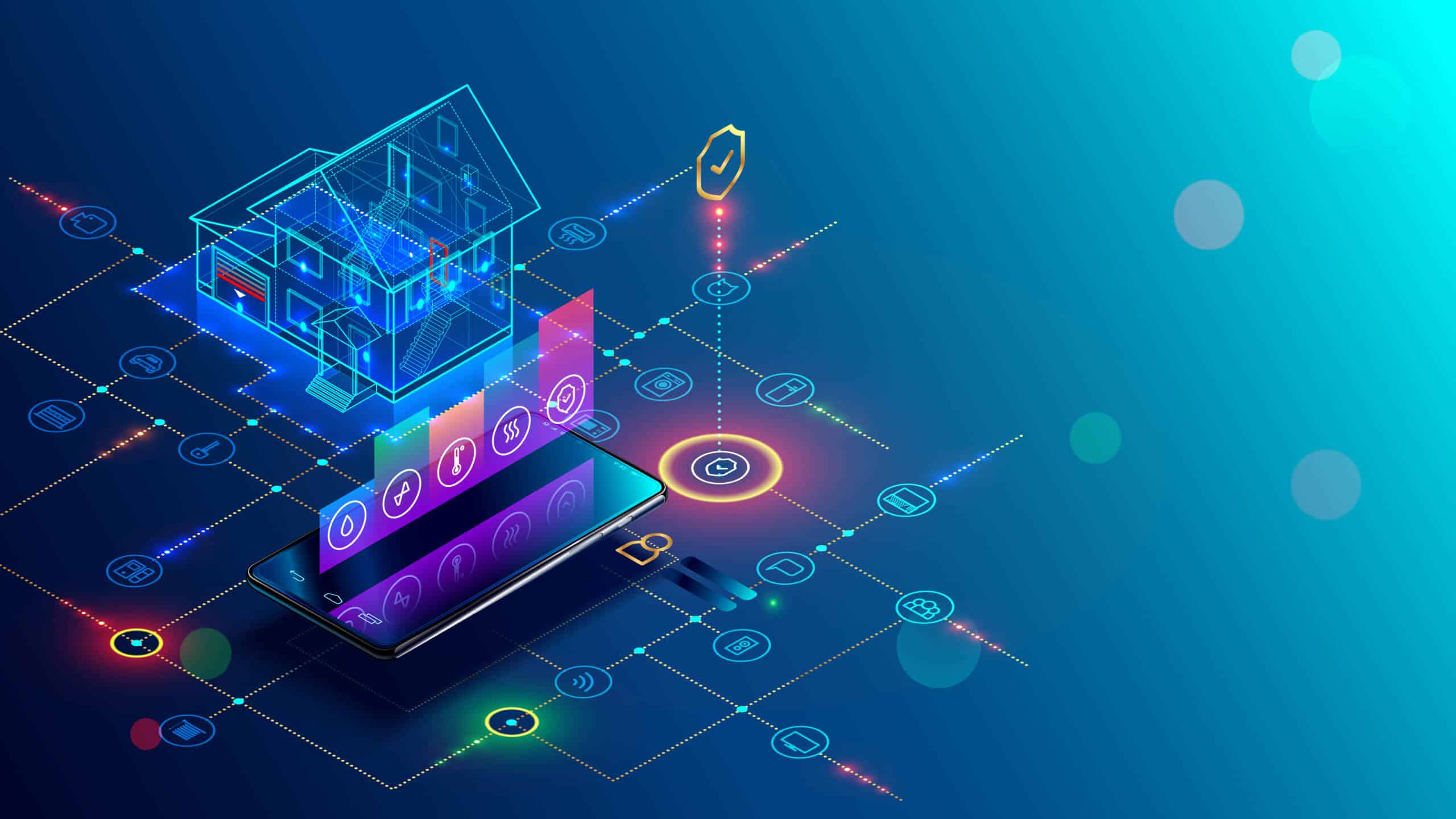UX Design Considerations for IoT
Designing for the Internet of Things IoT will confront you with some extra challenges and complexity that you wouldn’t encounter on a “conventional” (software-only) web service. You’ll need to think about some different and perhaps new areas of design that all serve to shape the user experience (UX).
8 Things to Consider When Designing for IoT
1. Design for more divergent form factors
When it comes to IoT, designers need to consider a much wider variety of device form factors. Some devices, for example, may not have screens, but instead flashing LEDs. Some device interactions will be handled by the web and others by smartphone apps. Despite this, the user needs to feel like they are using a coherent service rather than a disjointed one.
2. Understand the use case in the moment
The shift from desktop to mobile computing now means that the use case can be completely different. For example, if you are on your desktop, you may be in an office with time to navigate and research, whereas while you’re on your phone you are on the go and require the process to be broken down into smaller activities. And that is just one example. The social and physical contexts for connected devices are much more complex and varied—and therefore more complicated.
3. Consider multiple users, UIs, rules and applications
Complex services can have many users, multiple user interfaces (UIs), devices, rules and applications. All of these devices need to coordinate with one another. Add to that the growing number of users and the permutations and implications to design can get complicated quickly. That’s why you need to work with a seasoned design firm to help you think through the multiple considerations.
4. Deliver compatibility with differing technical standards
The lack of a common technology is a problem in UI/UX. The more devices are connected together, the higher the likelihood that there is not a common technology. Instead, aggregating different devices across multiple networks usually results in the lowest common denominator of basic features. This means that, as a service provider, in your quest to unify all of your connected devices you may not be able to support unique features.
5. Reduce complexity for the user
Multiple devices means there is more for the user to understand. As designers, it is our challenge to simplify the user experience. This might mean that the upfront work is more complicated, but the end user experience should be fluid and simple.
6. Design for devices that are only intermittently connected
Many connected devices run on batteries and need to conserve electricity. Because maintaining network connections uses a lot of power, they may only connect intermittently. This leads to different parts of the system being out of sync, which could lead to a poor user experience. The challenge is to design the UX so the experience feels synchronous, even if technically it is not.
7. Anticipate future use when designing
Designing for IoT now means we need to think beyond solving the immediate problem. We need to anticipate future needs. For example, if a conference room is booked using automation and no one is in the room, motion sensors might free up that conference room.
8. Incorporate and consider the role of data in UX
Data is so powerful now and can definitely impact design. For example, the use of data might allow for new discoveries and applications that did not exist. Or the use of data could help remove steps from a process, which might simplify the user experience.
In Closing
These are just a few of the considerations you’ll need to make when designing for IoT. If you want to see great examples of IoT design, contact us. We’ll show you examples in a quick 20-30 web meeting.

